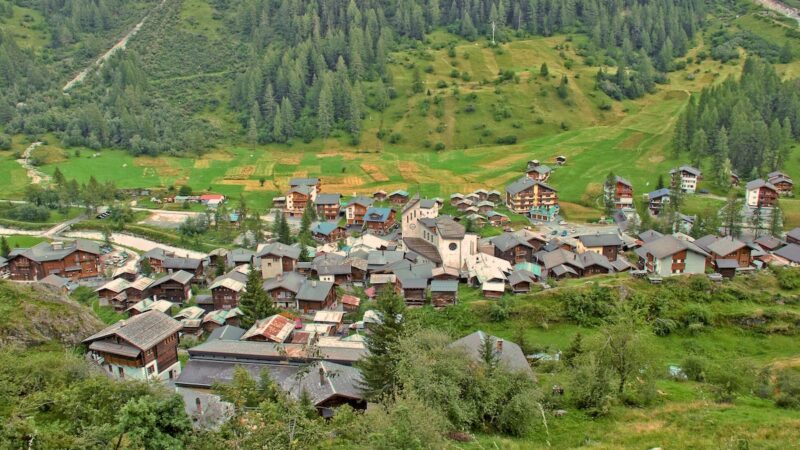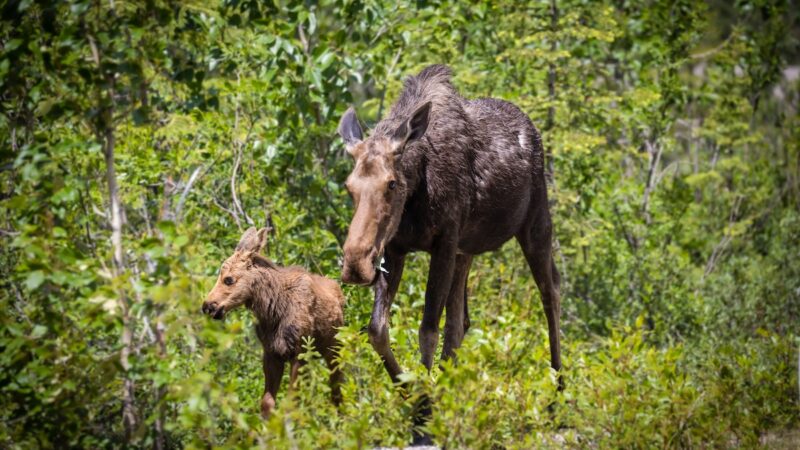Tarantulas, Scorpions, Ticks and Other Dangerous Arachnids To Avoid
They have eight legs, their body is made up of two parts, and some of them are deadly. Their sizes can range from a tiny mite to a giant scorpion, many people are allergic to their venom, but even the mention of arachnids – such as the black widow spider – strikes fear in most.
Bear Grylls has met plenty of giant spiders and dangerous scorpions over his years in the wild, and while he is not afraid of them (remember the time he ate the live tiger scorpion in Man vs Wild?), he knows that if you get bitten by some of these, the symptoms can cause pain, swelling, and even death.
Here are the most dangerous ones that Bear says you should avoid:
Scorpions
Scorpions are found in hot climates all over the world – especially in parts of South America, Mexico, India, the Middle East, and Northern Africa. There are around 1,500 species – they have a stinger in their tail and pincers at the front. Most of them give a painful sting, and around 25 species can kill a human. The most venomous is known as the deathstalker.
And what about a scorpion snack? “In some parts of the world scorpions are eaten as a delicacy. To me, they always taste pretty grim,” says Bear in How to Stay Alive.
Funnel-web spiders
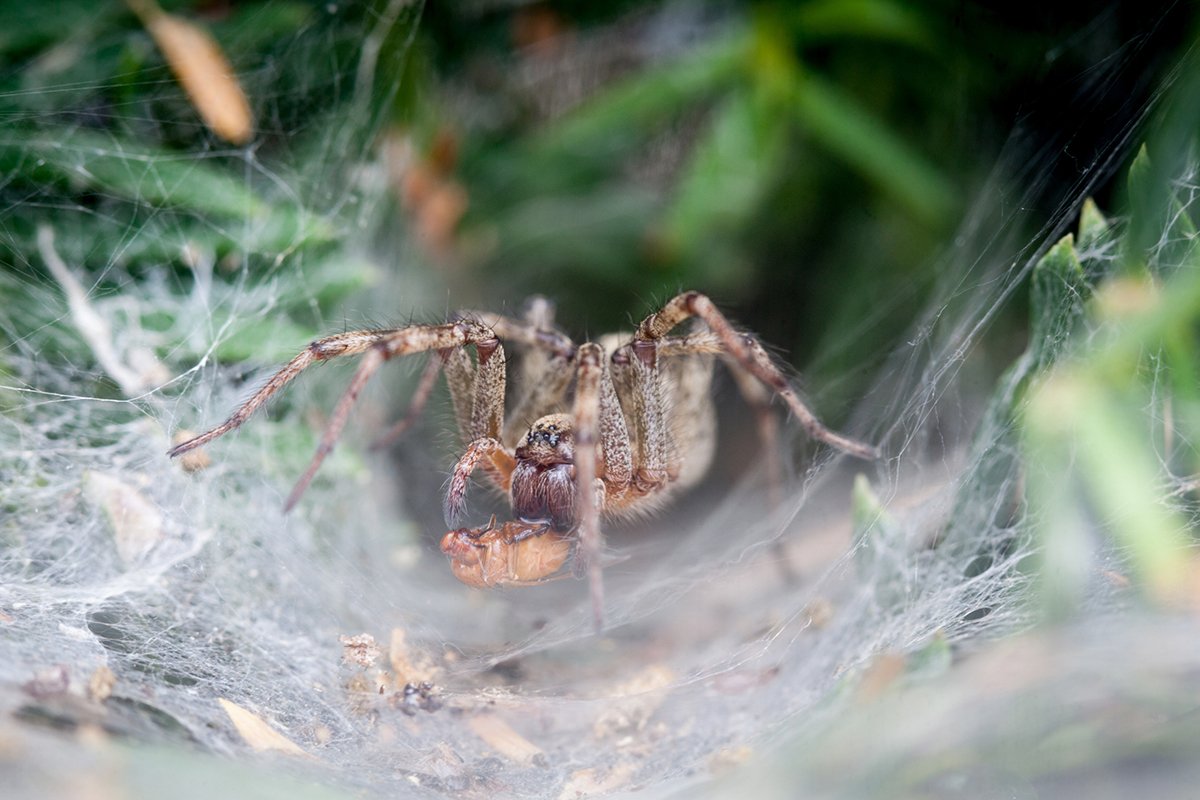
This large black spider is mostly found in Australia, and there are around 35 different species. Many of their bites produce dangerous venom. The Sydney funnel-web spider, which can grow up to 5 cm, is said to be the most deadly. The bites can be treated with anti-venom if medical attention is available.
Widow spiders
This is another type of spider that has a venomous bite and there are around 34 different species. Some of the most dangerous include the black widow spider (found in North
America), the redback spider (found in Australia), and button spiders (southern Africa).
Brazilian wandering spiders
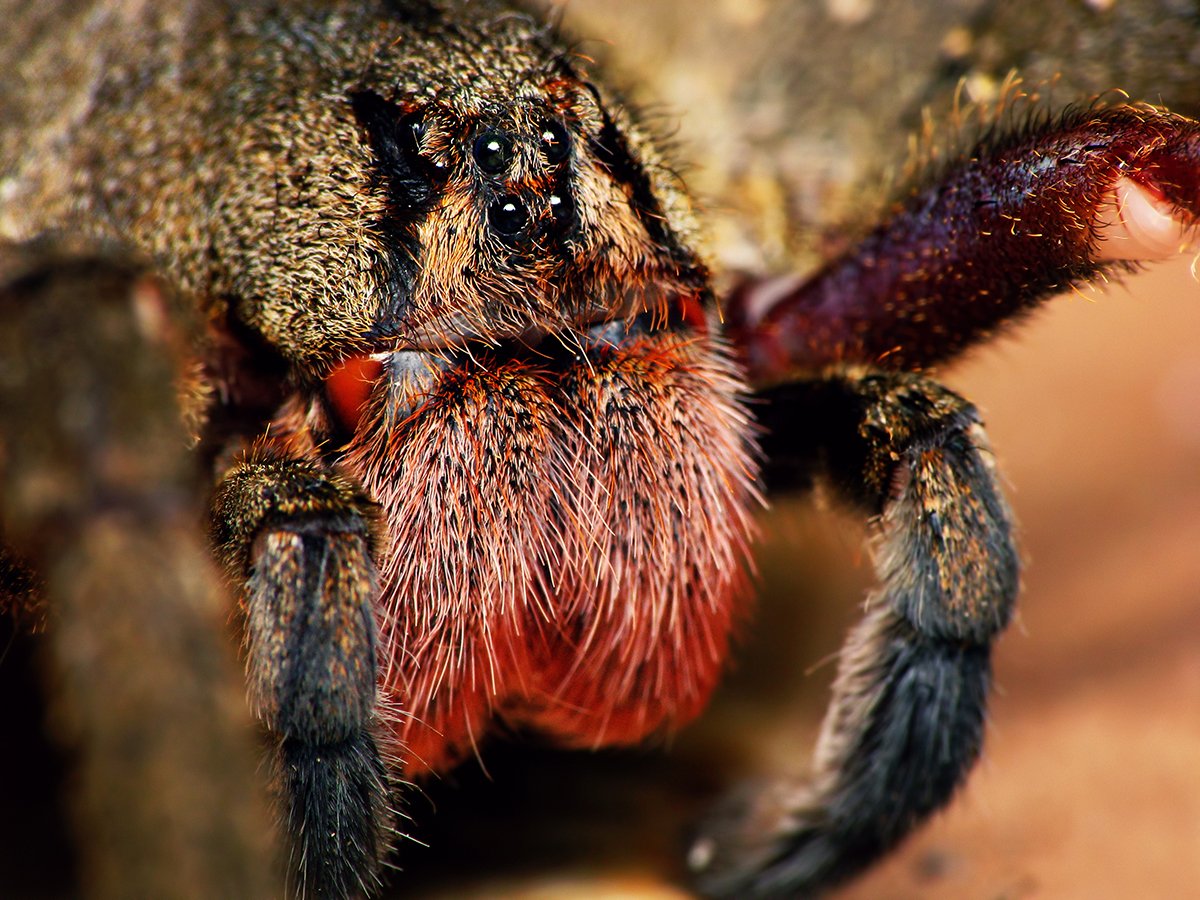
This is the spider with the most toxic venom of all, and the spiders are extremely aggressive. They are found in Central and South America, and often travel worldwide in banana shipments – they are also called armed spiders or banana spiders. Bites can be deadly.
Tarantulas
Found in Central and South America, tarantulas have a bad reputation because they are large and hairy. “These frightening-looking spiders are actually quite timid,” says Bear. A bite from a tarantula is usually similar to a wasp sting. In some cases, they are painful and cause bleeding but are not deadly to humans. There are around 1,040 species.
Recluse spiders
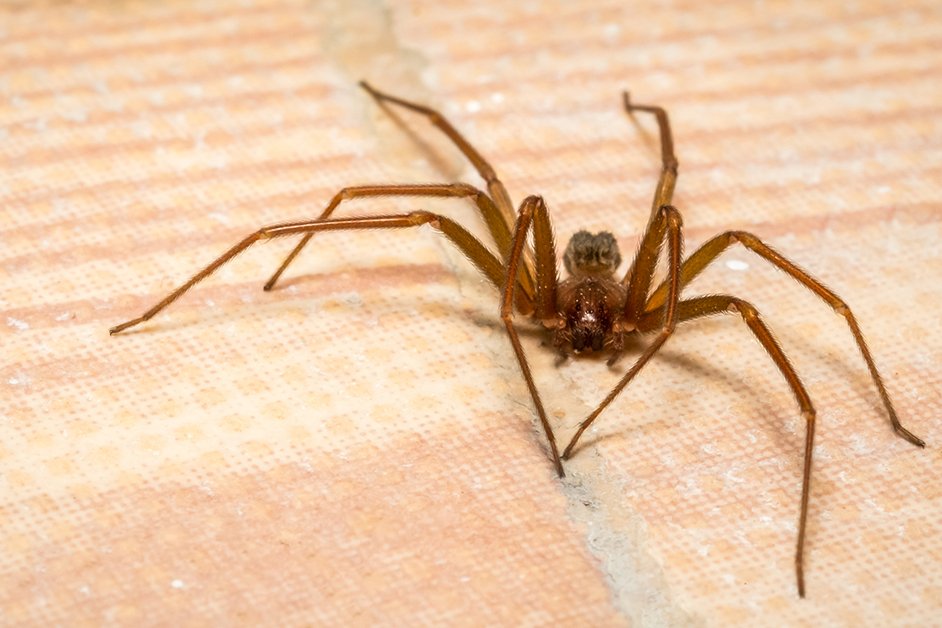
Bites from these spiders are not deadly either, but they can cause damage to the skin ranging from mild damage and itchiness to more serious cell tissue death requiring skin grafts and other surgery. The most common one in the US is the brown recluse spider.
Hard and soft ticks
Two other arachnids to look out for are hard ticks and soft ticks – both are bloodsucking arachnids that can spread many illnesses. The hard tick has a hard plate behind its mouth, while the soft tick has a round, leather appearance. You need to remove all of the tick including the mouth part.
“To remove a tick, use thin tweezers and grasp the tick as close to the skin as possible,” says Bear. “Pull upwards with a steady pressure.”



